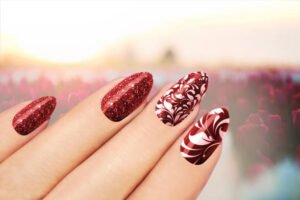
While anyone can get nail psoriasis, it’s more common among elderly adults. Nails may pit, thicken, darken, and separate from the bed. Topical steroids, vitamin D analogs, and, in severe situations, oral or injectable systemic drugs are used.
Trauma usually causes subungual hematoma and nail bleeding. A dark crimson or purple-black nail bed might be unpleasant. Small hematomas heal on their own, but larger ones may require treatment. This condition stresses the importance of addressing brittle nails and foot protection.
Yellowing, thickening, and curling nails may be treated for yellow nail syndrome (YNS). YNS can induce respiratory issues and lymphedema. No cure exists for YNS. However, treatment controls symptoms and underlying disorders.
Elderly nails need frequent treatment to prevent infections and improve beauty. This involves keeping nails dry and clean, applying moisturizing oils and creams, and filing edges to minimize snagging and tearing. Gloves for housework and gardening are also recommended to protect nails and avoid dirt buildup.
If nail care becomes difficult, a podiatrist or dermatologist may help. These professionals can treat nail diseases, advise on nail care, and do routine exams to prevent them.
Finally, nutrition affects nail health. Diets rich in vitamin B12, iron, magnesium, and protein can strengthen nails and avoid many of the above diseases. Supplements should be considered with medical advice, especially if the diet is insufficient.
Nail conditions can be bothersome and ugly, but most can be adequately controlled. This care focuses on aging’s natural changes and how to avoid and treat them. Older persons can keep their nails healthy and functioning by practicing nail cleanliness, getting medical care, and changing their diet. This improves well-being and prevents health issues.
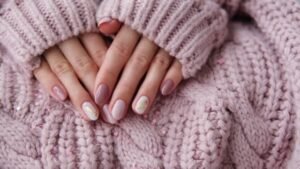
Protecting Sensitive Elderly Nails with Manicure Tips
A nail studio offers a wide range of services. However, elderly sensitive nail patients prioritize nail health over beauty with safe manicures. Elderly-sensitive nails need moderate care to preserve their structure, texture, and moisture level.
Older nails are thinner, brittle, and more likely to split. These modifications require nail care specialization. Hydration, avoiding harsh chemicals, and nail stress reduction are essential. Try these tips to keep aged nails healthy and beautiful during a manicure.
Nail salon selection is crucial. You want a clean, tidy salon that can handle sensitive, aging nails. Experienced and skilled technicians should meet this demographic’s needs. Nail sensitivity and health issues like diabetes and arthritis can affect nail health and infection risk, so address them with your nail technician.
Gentle nail prep is needed for a manicure. Soaking nails softens them for trimming and shaping. The soaking phase should be brief to avoid nail softening and rips. Hot water strips nails and skin of natural oils, so warm water is best.
Trimming and filing require precision. Sharp, clean clippers and a fine-grit nail file can prevent delicate nails from splitting; instead of back-and-forth sawing, file in one direction to reduce nail splitting. Nails should be short to avoid snagging and breaking.
Cuticles shield the nail matrix from bacteria and fungi. For sensitive, aged nails, avoid cutting cuticles during a manicure. Instead, use a soft wooden tool to gently push back the cuticle to prevent infections in the nail bed. Applying cuticle oil moisturizes and protects.
Choosing manicure products is crucial. Nail polishes and removers without toluene, formaldehyde, or dibutyl phthalate are necessary. Elderly nails might become dry and brittle from these harsh chemicals. Safer water-based paints can refresh delicate nails.
Apply nail polish carefully. Thin layers dry polish faster and reduce smearing, which might require a lengthy clean-up and unnecessary remover. A healthy base coat helps protect the nail from the polish, while a top coat can seal in the color and reduce chipping.
Nail maintenance must continue after the manicure. Use a good hand cream with natural oils or urea to moisturize and strengthen nails regularly. People with sensitive or dry skin should practice this habit to combat environmental dryness and repetitive washing.
Protecting nails from harsh environmental elements is also recommended. Gloves for water or cleaning tasks can prevent damage. This prevents nails from deteriorating from continuous contact with water and harsh cleaning chemicals.
Sometimes, a minimalist manicure is better for sensitive or health-compromised nails. Buffing nails lightly for a natural gloss may be better than polishing. Nail polish may irritate nails, but this procedure improves their attractiveness.
Finally, skilled nail exams can maintain nail health. Fungal infections and nail dystrophy, which afflict older adults more often, can be detected and treated by regularly visiting a dermatologist or podiatrist.
These meticulous manicure techniques can beautify sensitive, aged nails without harming them. Understanding nail physiological changes with aging and using suitable and adaptable nail care solutions makes manicures fun and good for elderly nails.
Following manicure recommendations, geriatric nail care regimens should include regular professional consultations. Podiatrists and dermatologists can provide specific advice for aging nails, so regular visits will ensure that any emerging issues are treated quickly and efficiently. These professionals can also recommend remedies and preventative steps to reduce nail aging.
A diet high in omega-3 fatty acids, protein, zinc, and vitamin E can also improve nail health. Medical counsel may recommend biotin supplements to strengthen and preserve nails. Older adults can enhance their nails and general health with professional treatment, intelligent everyday practices, and a supporting diet. This complete approach to nail care ensures that a manicure helps the nails’ structural integrity and health in the long term.

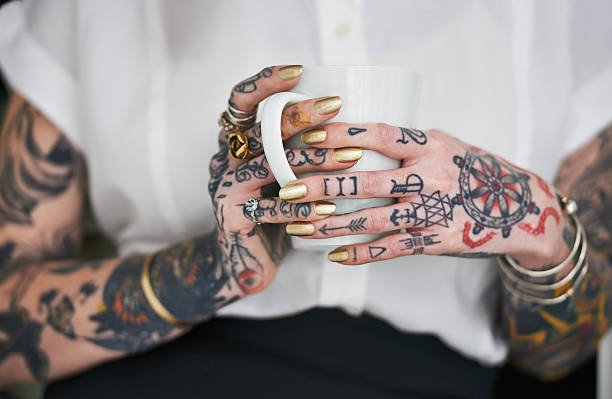
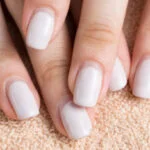

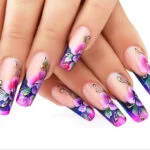

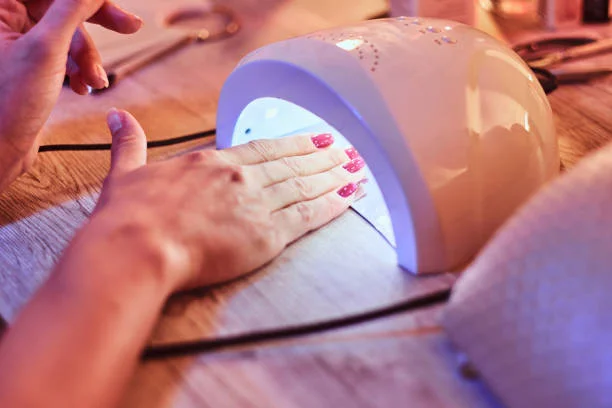
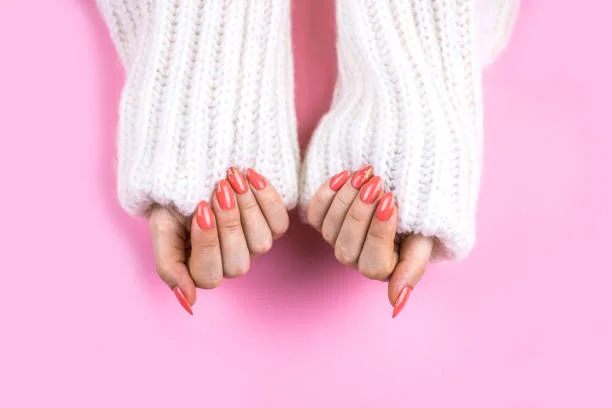
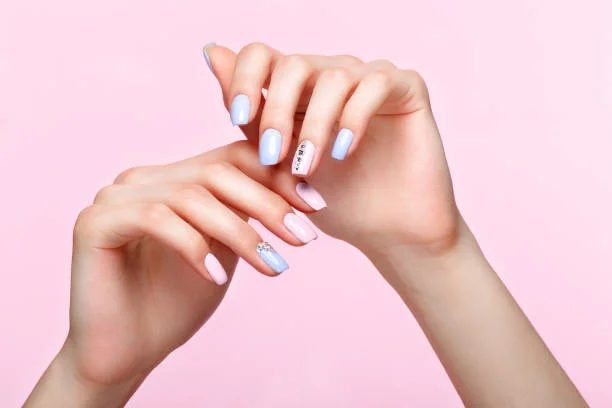
Leave a Reply